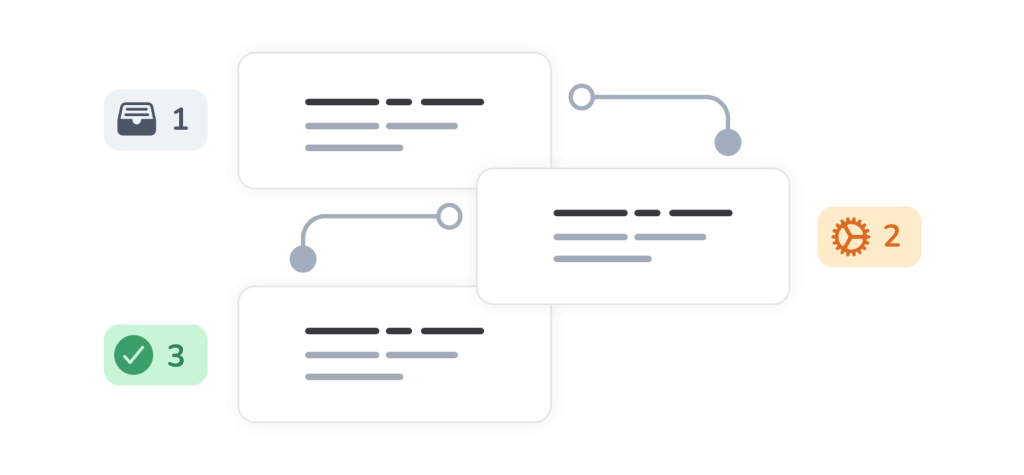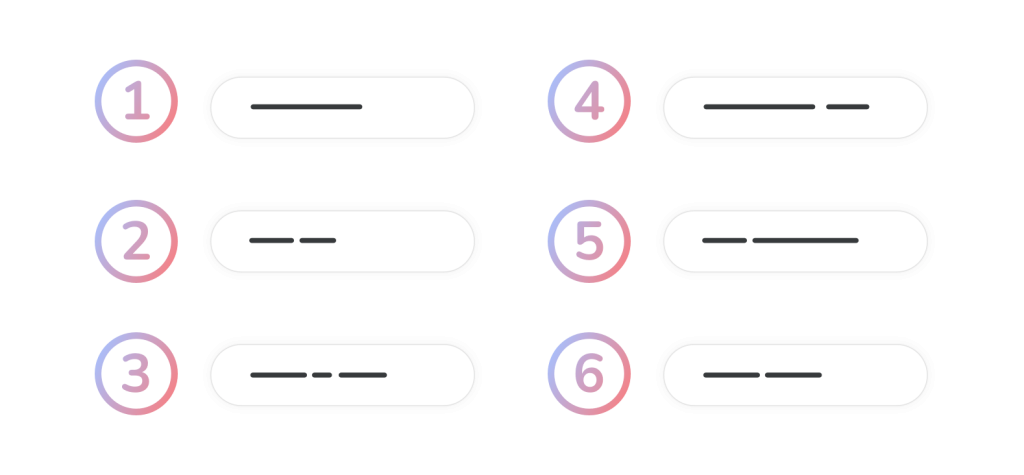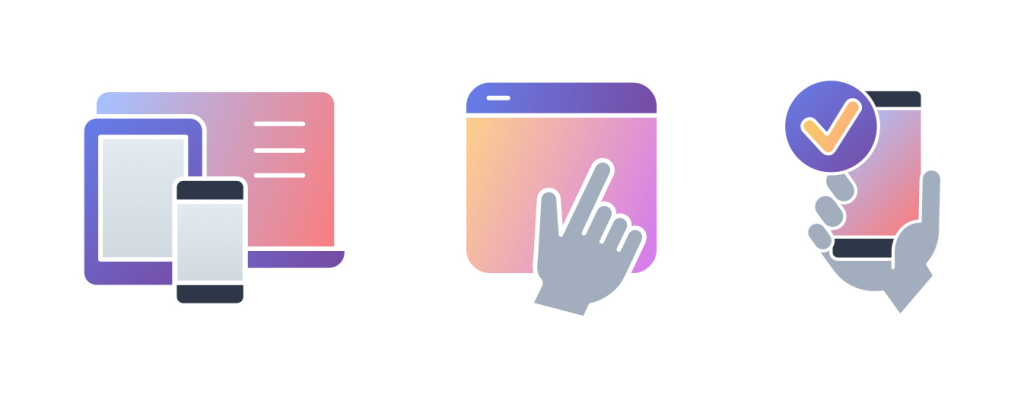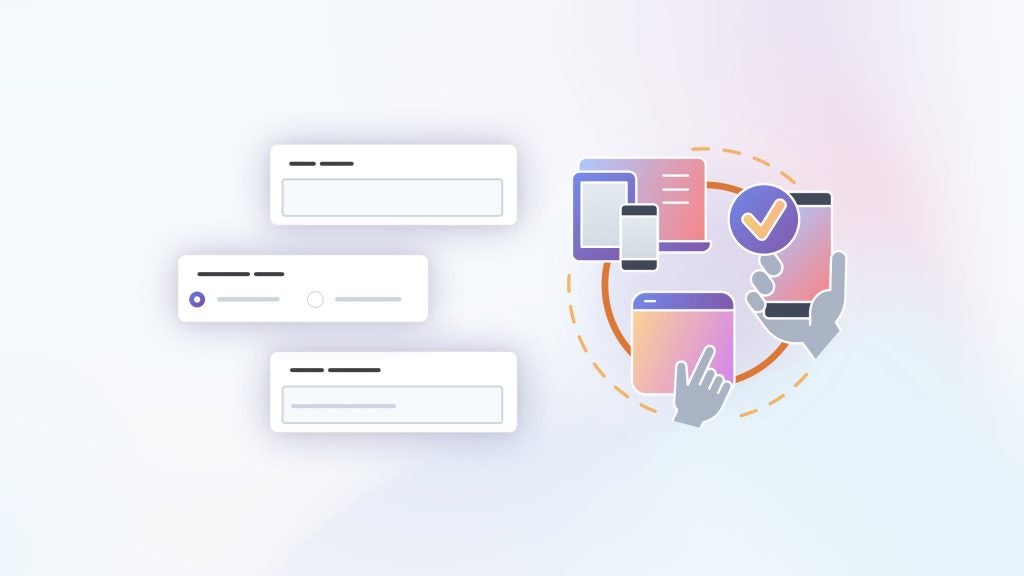Why staff onboarding is necessary
Unless you’re a sole entrepreneur, your business needs employees in order to run effectively. This means inviting or recruiting new hires, evaluating the skills of prospective employees and going through all the business processes needed to formally welcome them into your organisation. In order that they can actively contribute to your business, you will need to equip them with the resources and information they’ll require.
All of these aspects contribute to the business process of staff or employee onboarding.

It’s an important function for any commercial organisation – small businesses and enterprise businesses alike.
Research by the Brandon Hall Group reveals that organisations with a strong onboarding process improve new hire retention by 82% and productivity by over 70%. However, many organisations find employee onboarding a difficult task to get right.
Why business organisations find onboarding problematic
It’s important to engage and retain employees from Day 1. However, it’s difficult to foster enthusiasm, loyalty to the business, and employee engagement, if your employee onboarding process is mired in paperwork, manual tasks, and needless bureaucracy.
A recent study by HCI discovered that more than half of organisations focus their employee onboarding on manual processes and paperwork.
Business organisations are also having problems adjusting to the new realities of the digital workplace.
According to an ADP survey of 1,500 employees, managers, and Human Resources professionals; 80% of HR organisations still require their onboarding paperwork to be completed in person. In an environment in which over half of workers use their phones to complete onboarding forms and job applications, fewer than 12% of employees can access an onboarding form from a mobile device.

This continuing reliance on manual processes results in an onboarding workflow process that can stretch from a minimum of several hours to days, or even weeks.
However, with workflow automation, it is possible to streamline the manual business processes associated with employee onboarding, eliminate repetitive tasks, and create an automated workflow that covers the core of the onboarding process in a time frame of about 15 minutes.
What is workflow automation?

A workflow is a logical series of tasks and processes defining the sequence of business operations needed to complete a particular function. Workflow automation breaks these steps down into digital operations that can be modelled and executed by workflow automation software.
Automated workflows are typically reliant on data collection, the processing of relevant information, and conditional logic based on existing business rules and business process requirements. Digital forms are a key element in automated workflow management, and in the management of business intelligence and employee information — either within business networks and intranets, or through access to external databases.
Incorporating workflow automation and digital forms into the staff onboarding process
You can take the following steps to create a digital onboarding form, using workflow automation software:
1. Examine your current employee onboarding process
During this planning phase, consider all the manual processes that you can transform into automated tasks. Consider also how employee information will be collected and used throughout the process.
2. Create a checklist for the onboarding process

Map out the complete sequence of on- and offline tasks that you need to perform in order to welcome new hires to your business. This should run the full gamut from initial orientation, through to the issue of essential equipment and resources, introductions to colleagues and departments, mentoring and subsequent training.

3. Identify your data capture requirements
With your checklist as a guide, determine how manual processes, paperwork, and other relevant business processes can be simplified into a short series of smart data fields. This stage may require the application of process intelligence, business rules and conditional logic.
4. Use your automation software to create the forms

Your workflow automation software platform may include pre-designed templates – for example, for the collection of employee information. You can start with these and customise them as needed.
If the automation software has a drag and drop interface, you can do this customisation in a few simple operations — and even create an onboarding form from scratch.
5. Integrate and monitor your automated workflows
Your automation software may provide a dashboard which enables you to view the condition and data input of all participants in the onboarding process (employees, Human Resources staff, management, etc.). Smart data fields and conditional logic based on business rules will assist at this point in routing employee information to the relevant points and coordinating activities.
6. Don’t forget the feedback!
Seek feedback and opinions from the business users of your automated workflows – both in digital form through the business automation software, and through in-person methods. This will help you optimise the automated workflows and reduce the risk of employee frustration and possible churn.
7. Use a workflow automation platform that works for you
Both workflow automation software and digital forms are essential in today’s world of hybrid and remote working. However, to create automated workflows and ease data collection and management, you need workflow automation tools that consistently deliver the ideal online form or workflow process for your business.
At Claromentis, we know that business processes like staff onboarding, and Human Resources management can stretch your existing employees to the limit – especially if you still rely on largely manual processes. For this reason, more and more organisations are looking to workflow automation to boost their productivity.
You can streamline your business processes and create automated workflows with our powerful and flexible workflow automation software and digital forms. These workflow automation tools free employee time from manual, repetitive tasks, and improve data accuracy by eliminating the need for manual data entry.
Our easy-to-use form builder and workflow templates empower your team to go completely paperless by transforming paperwork into online forms.
To discover how the Claromentis workflow automation software and business intranet platform can improve your employee onboarding process and give your Human Resources team more time to focus on high value tasks, book a demo with our experts.





